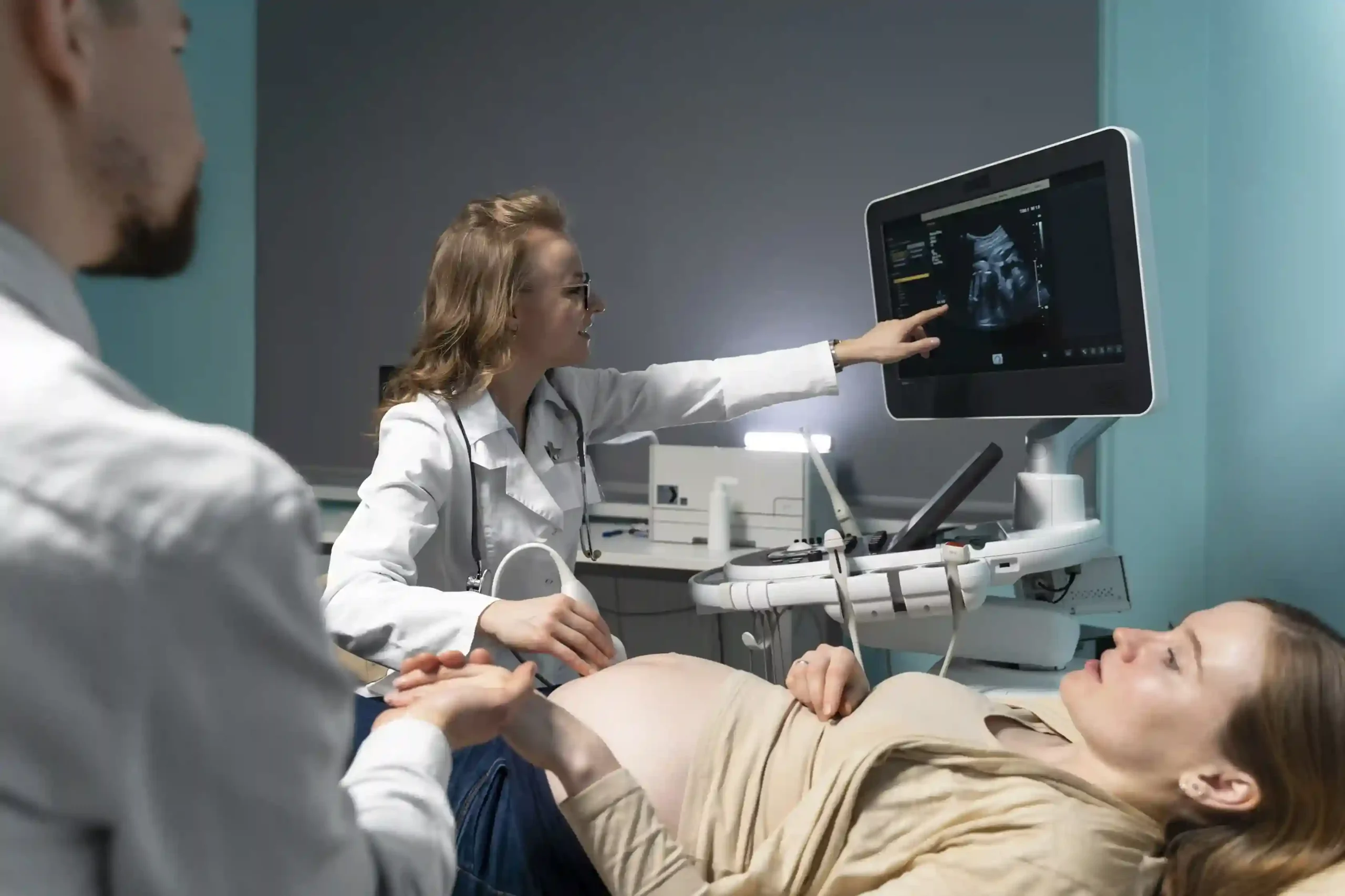
Ultrasound is a pivotal tool in the area of obstetrics and gynecology, offering a non-invasive technique to observe the fitness and improvement of the fetus, in addition to to diagnose numerous gynecological conditions. One of the specialized forms of ultrasound is the Transvaginal Scan (TVS). This guide will assist you apprehend what an OBS Gynae TVS Ultrasound involves, the way to put together for it, and what to anticipate all through the manner.
What is an OBS Gynae TVS Ultrasound?
A Transvaginal Scan (TVS) is an inner ultrasound exam used ordinarily in obstetrics and gynecology to get an in depth view of the lady reproductive organs, inclusive of the uterus, ovaries, fallopian tubes, and the cervix. It may be particularly beneficial in early pregnancy to evaluate the embryo and the encircling systems.
Why is a TVS Ultrasound Performed?
A TVS ultrasound is executed for numerous reasons, consisting of:
- Early Pregnancy Assessment: Confirming being pregnant, estimating gestational age, and checking the place of the pregnancy to rule out ectopic being pregnant.
- Investigating Pelvic Pain or Bleeding: Determining the motive of unexplained pelvic pain or strange bleeding.
- Infertility Evaluations: Assessing the condition of the ovaries and the uterine lining.
- Monitoring Ovarian Follicles: In instances of fertility remedies.
- Diagnosing Gynecological Conditions: Such as fibroids, cysts, or polycystic ovarian syndrome (PCOS).
Patient Preparation for TVS Ultrasound
Proper instruction can make certain the process is clean and the effects are accurate. Here are a few steps to prepare:
- Empty Bladder: Unlike abdominal ultrasounds in which a complete bladder is vital, for a TVS ultrasound, you need to empty your bladder before the experiment. This affords a clearer view of the pelvic organs.
- Clothing: Wear comfortable garb that can be easily removed or adjusted. You may be requested to undress from the waist down and will be provided with a robe.
- Inform the Technician: If you have any allergic reactions, specifically to latex (used in the cover of the ultrasound probe), tell the technician ahead.
- Relaxation: Try to relax and stay calm. Anxiety can from time to time make the system a bit uncomfortable.
The Procedure Experience
Understanding the steps of the process can help alleviate any concerns:
- Positioning: You will lie down on an examination table, typically with your ft in stirrups, just like a pelvic exam.
- Inserting the Probe: The ultrasound technician will cowl the transducer (a wand-like device) with a sterile cover and follow a small amount of lubricating gel. The transducer is then lightly inserted into the vagina.
- Imaging: The transducer sends out sound waves that create pix of the pelvic organs on a display. The technician may additionally move the transducer slightly to capture different angles and views.
- Duration: The scan generally takes approximately 15 to half-hour.
After the Procedure
There are normally no aspect results, and you may resume everyday activities straight away after the scan. The results of the TVS ultrasound may be reviewed by using your healthcare provider, who will talk the findings with you and any subsequent steps if needed.
Tips for a Comfortable Experience
- Communication: Don’t hesitate to communicate with the technician if you experience any pain at some point of the technique.
- Relaxation Techniques: Deep respiration or different rest strategies let you live calm and reduce pain.
- Ask Questions: Feel loose to invite any questions you’ve got approximately the manner before it begins. Knowing what to expect can drastically reduce anxiety.
Conclusion
A TVS ultrasound is a valuable diagnostic tool in obstetrics and gynecology. By expertise the motive of the test, preparing appropriately, and understanding what to anticipate, you may make sure a smooth and cushty enjoy. Always communicate brazenly with your healthcare issuer and the ultrasound technician to address any concerns you could have.